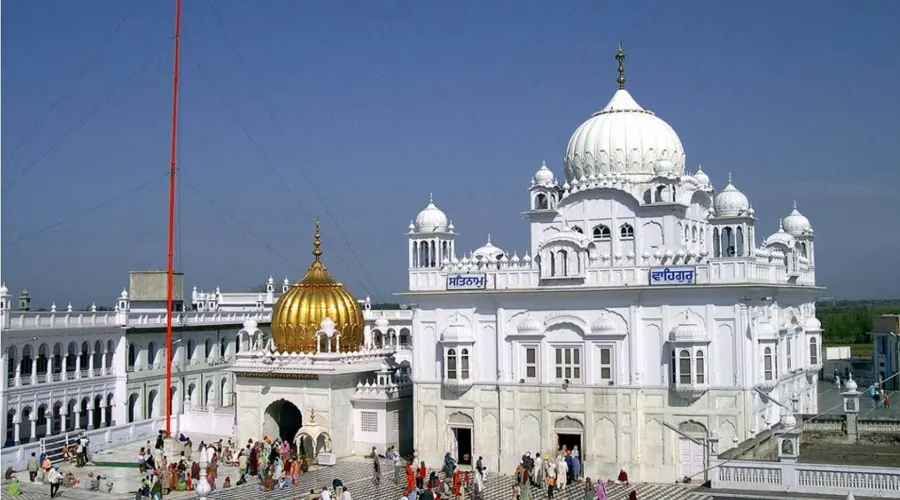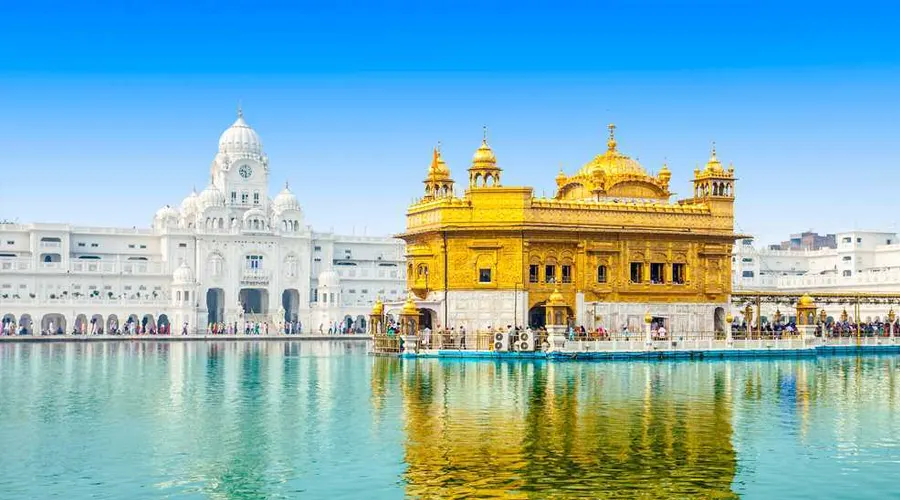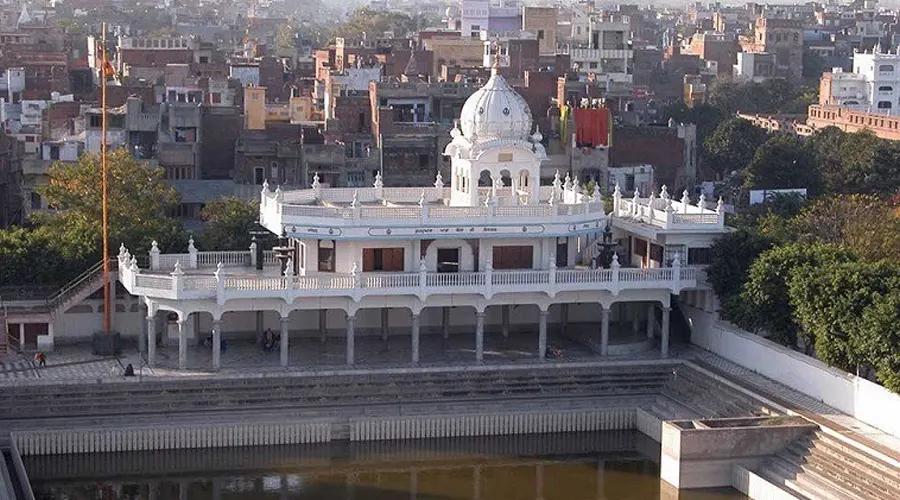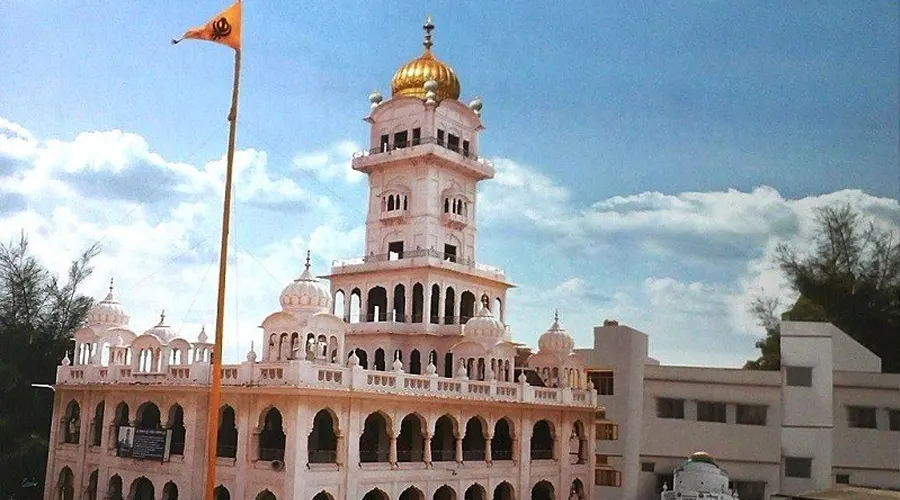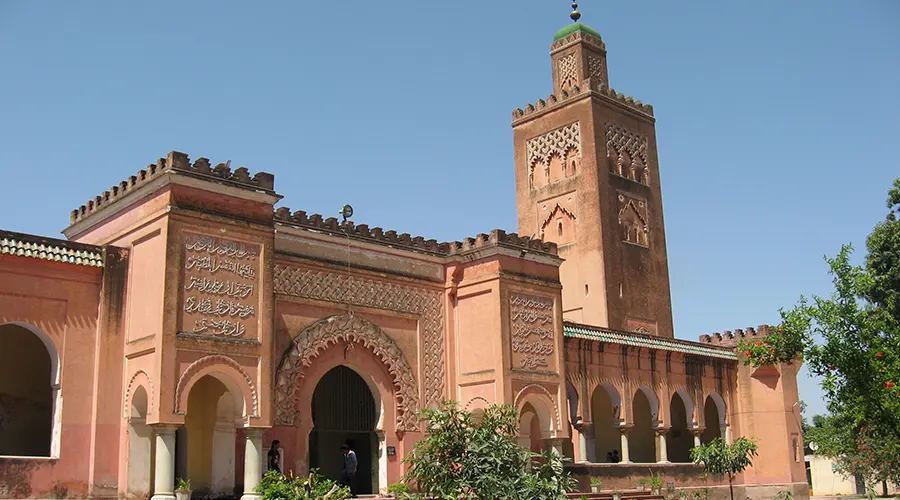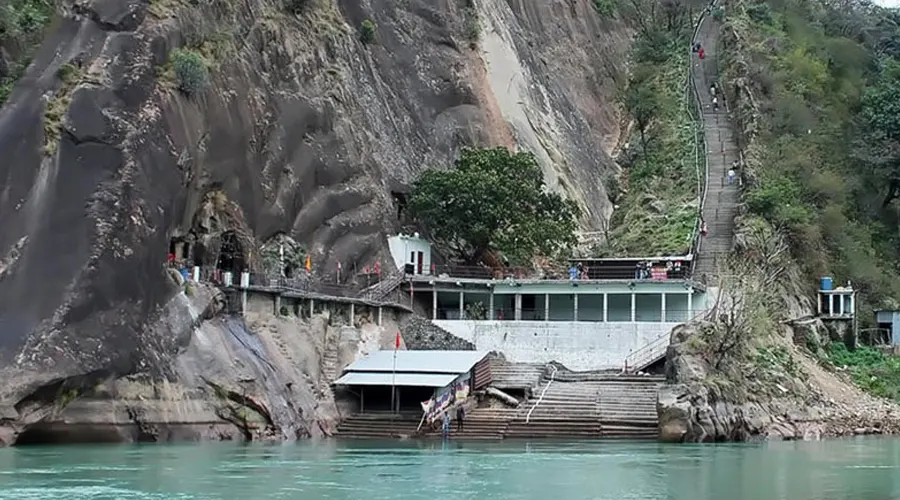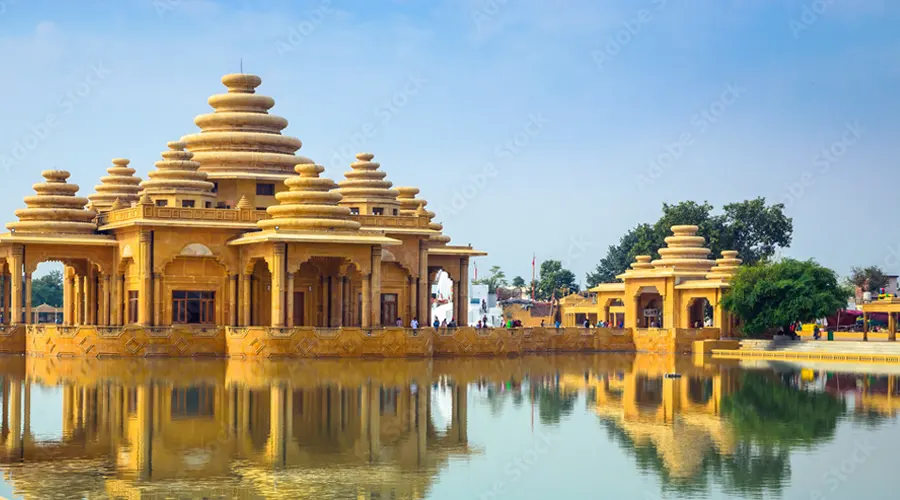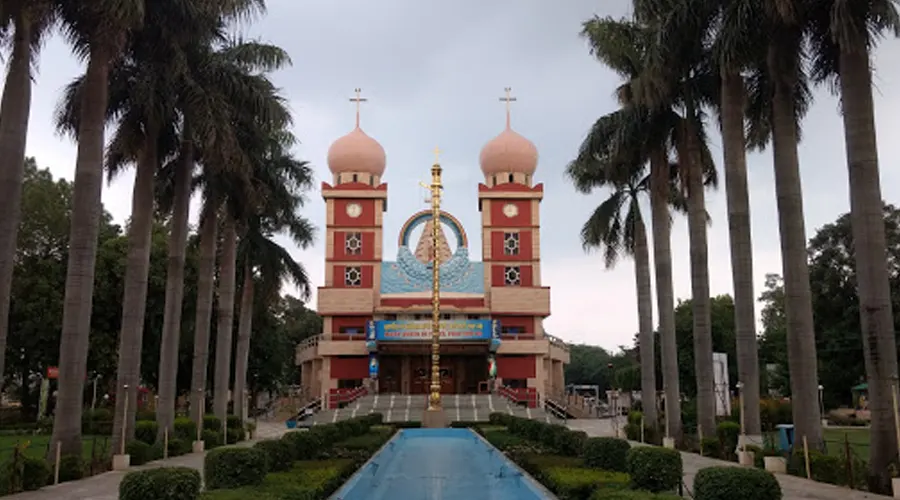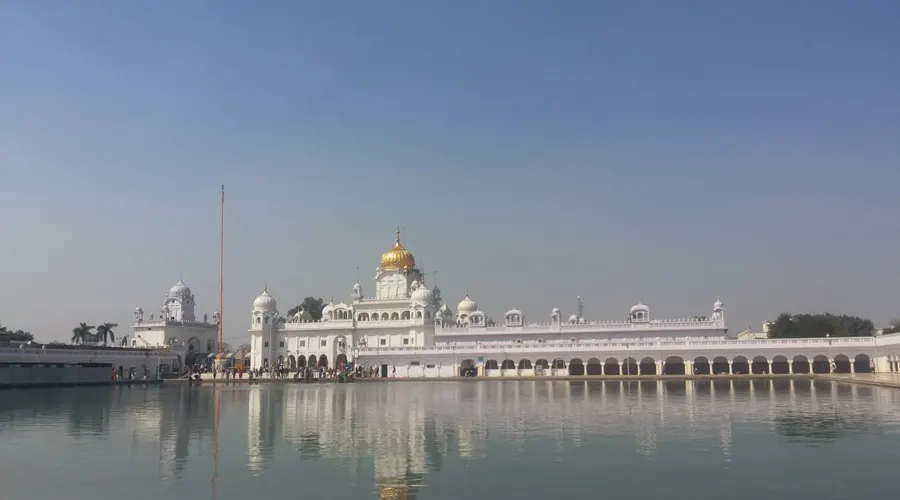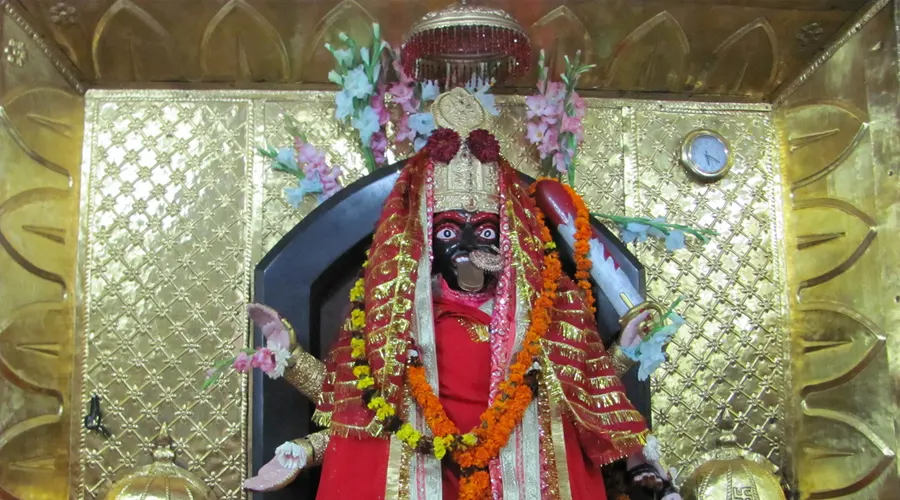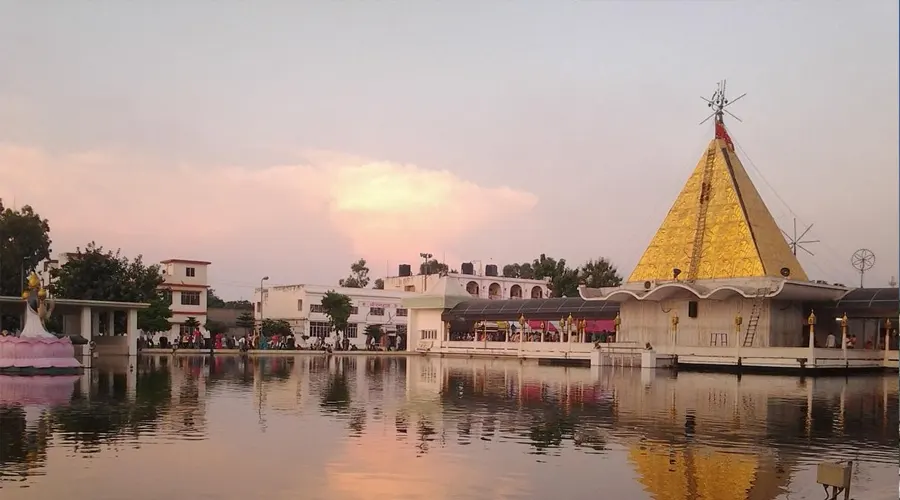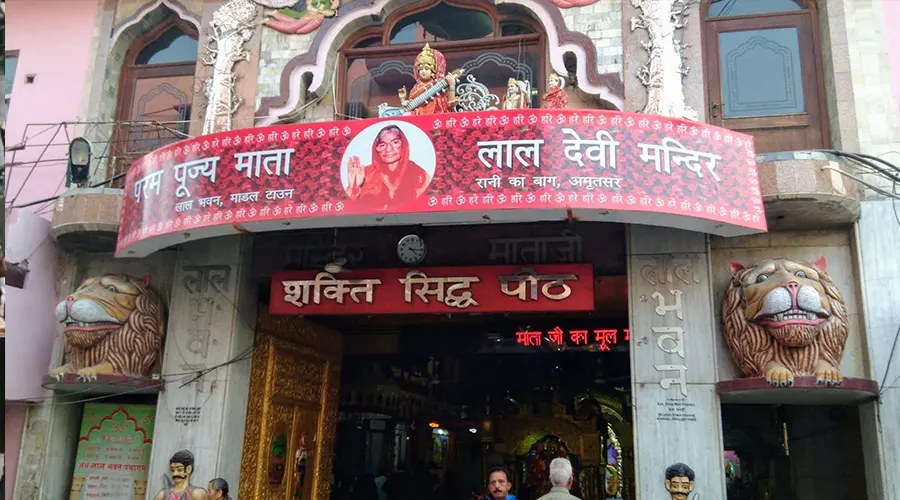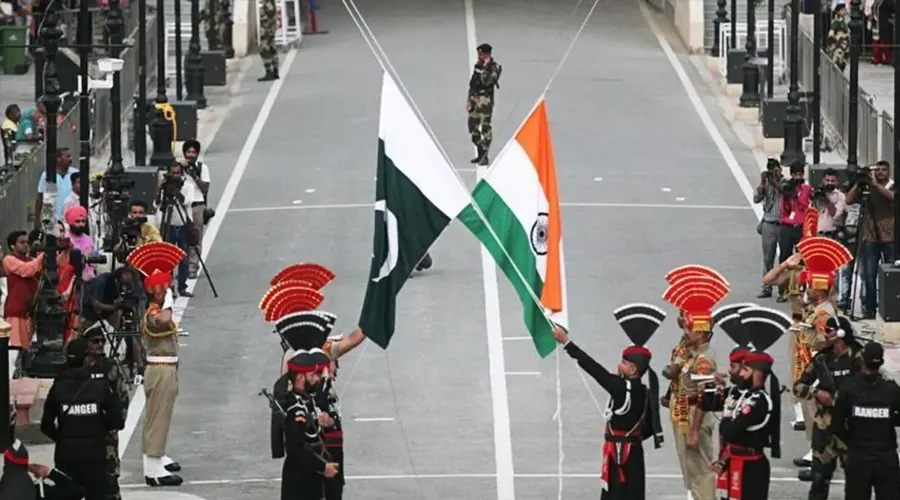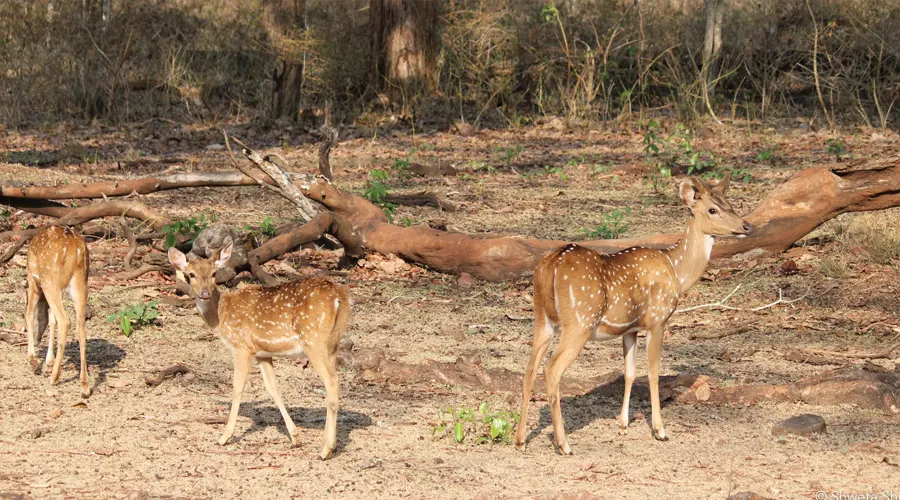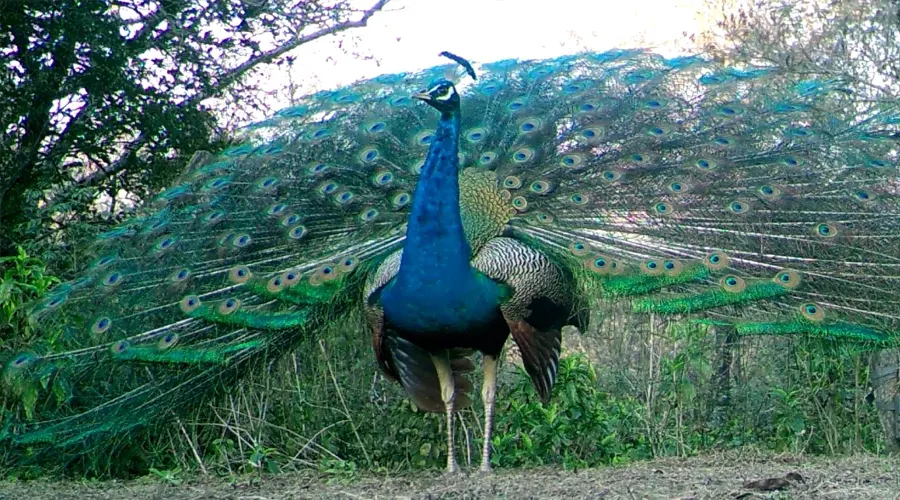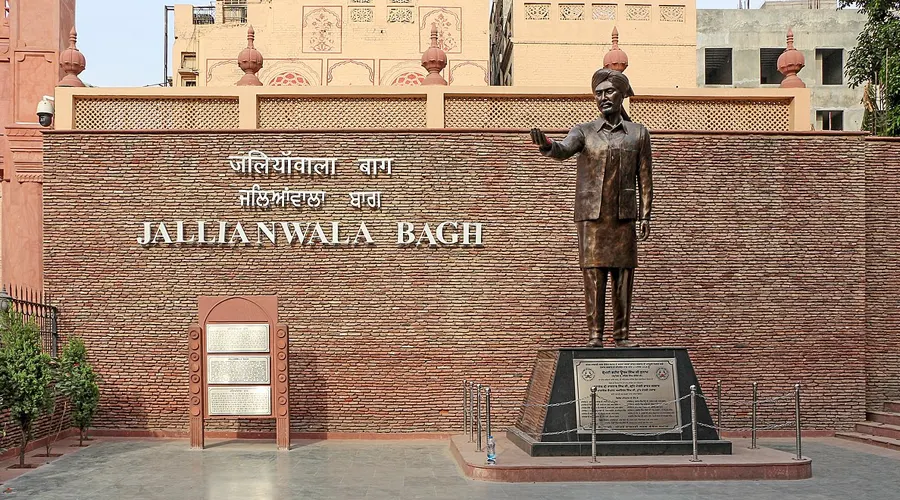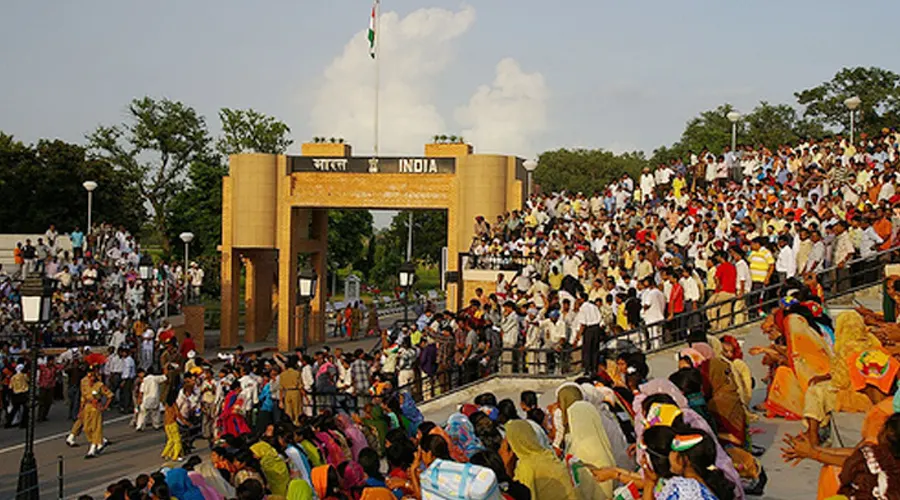Goindwal Sahib
The town of Goindwal Sahib has immense significance in Sikhi and has been an important center for Sikhs since the 16th century during the Guruship of the Sri Guru Amar Das Ji. The town is situated on the banks of River Beas.
Sri Guru Amar Das Ji (the third Guru or the third Nanak) stayed in Goindwal for 33 years where he established a new center for preaching Sikhism.
Guru Amar Das also developed a new system of propagating the Sikh faith in far-off places known as the Manji System, for Sikhs he stopped the practice of Sati (the ceremony of burning a Hindu widow with the body of her late husband, which Hindus still follow), wrote the Anand Sahib Gurbani at Goindwal and made many other contributions to Sikhi.
Goindwal is where Guru Amar Das met Bhai Jetha (Sri Guru Ram Das Ji), the next Guru. Sri Guru Arjan Sahib Ji was also born there on 15 April 1563. It is called an axis of Sikhism as it was the first main center of Sikhi. Today the Goindwal Sahib is visited as a prime tourist destination and the massive langar or the community kitchen provides food to a large number of visitors every day.
History
Goindwal Sahib is the spot where the early East-west highway crossed the River Beas. This ferry site became an important transit point when Sher Shah Suri renovated the highway. This renovation led one Gonda or Goinda, a Marvaha Khatri Trader, to establish a habitat on the western side of the ferry. Let down in his endeavor by natural disasters which Gonda attributed to evil spirits, he went to Khadur to seek Guru Angad's blessings. Guru Angad deputed his loyal disciple Guru Amar Das to help Gonda. Amar Das knew the track very well because he had been carrying the river water from this place to Khadur for his Guru Angad Ji's ablutions. That's how Amar Das Ji laid the foundation of a village, named after Goinda. After being appointed as Guru, Amar Das Ji shifted from Khadur to Goindwal in 1552. He then commenced the digging of a Baoli in Goindwal. This resulted in the construction of a well with steps descending downwards to water level, which attracted pilgrims from all parts of the country. At the time of Guru Amar Das, Goindwal also became the center of a yearly fair on the occasion of Baisakhi. After Guru Amar Das, his successor Guru Ram Das made Amritsar his permanent seat but still, the devotees continued to visit Goindwal to plunge into the holy Baoli and pay the worship at other local holy places.
Architecture
With its entrance adorned with murals of significance from Sikhism, the main gurdwara is made in white with a gold pinnacle. The well is around 25 feet deep and has a domed entrance with paintings depicting the life of Guru Amar Das Ji. Overall, the carvings on the walls are elaborate and much in line with typical Sikh architecture depicting ancient Sikhism.

